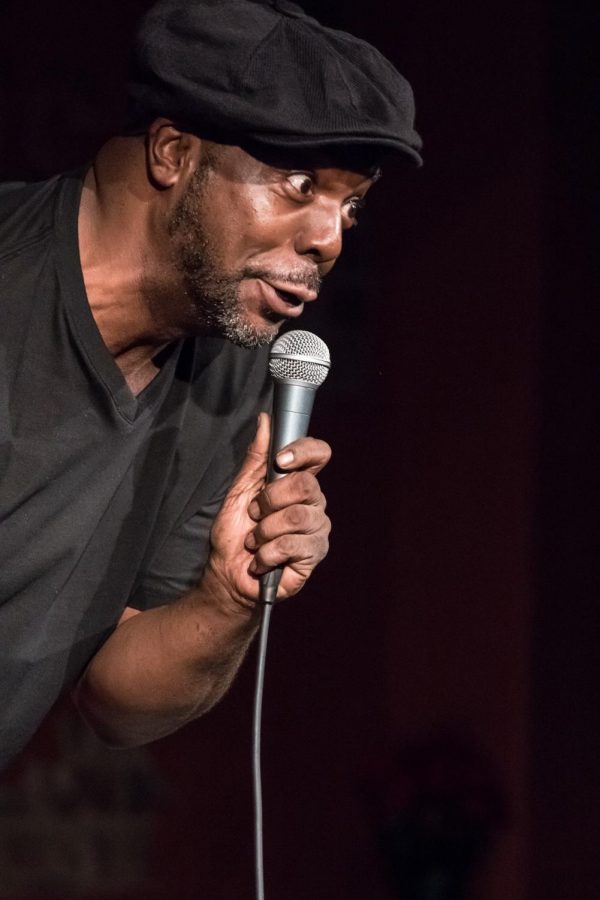In the early 2000s, television underwent a comedic rebirth. Situational comedy became the king of the late-night as major networks like NBC picked up pilots that went on to creating cult-television phenomena.
While the 90s showcased comedic powerhouses like “Friends” and “Seinfeld”, a different type of show quickly filled their void as they disappeared from the television screen. The mockumentary-style comedy was born with “The Office” and later utilized in “Parks and Recreation”; workplace comedies like “Scrubs” and “30 Rock” popularized a new form that was centered around unique yet ultimately relatable workplace dynamics.
As these shows became increasingly popular, a specific type of comedy became the norm. This genre, an almost nouveau-slapstick, is characterized by an overt reliance on physical comedy and the amusing situations in which the characters find themselves. They rely heavily on the setting, which serves as a grounding for the show.
For example, “The Office” is set in a paper-sales office, and the hijinks that follow are highly dependent on its simple location-based premise. All of Michael Scott’s misadventures and Jim Halpert’s the pranks are set in one uniform location for the majority of the show.
“It’s less about the greater world environment and more about the microcosm of this less serious environment,” senior Isabella Holland said. “It doesn’t necessarily reflect a larger dissatisfaction; it’s just cataloging the day-to-day struggles of people in a typical office environment.”
While entertaining, this brand of physical comedy provides little if any strong thematic elements, and the topics into which it delves are confined by the scope of the show. This allows for casual yet enjoyable consumption that oppose the darker dramas which permeate the media. The cathartic release of this type of comedy serves an important function but it does not — and never purports to — reach any strong levels of commentary.
As each of these shows came to a close, once again, a vacuum developed that, naturally, had to be filled. While the buddy comedy of the 90s was replaced with the workplace comedy of the 00s, recent years have witnessed an entirely new genre of comedy: the existentialist comedy.
Emblemized by shows like “Bojack Horseman” and “Rick and Morty”, this new brand of comedy is nihilistic, satirical, often animated and usually depressing. In contrast to prior sitcoms, the comedic tone of these shows are often understated, relying on referential or satirical humor as opposed to physical jokes. Its humor often reaches beyond the situational comedy, moving into comedy that is reflective of the human state in general.
The narrative of “Bojack Horseman”, for instance, follows its titular character, Bojack, in his attempts to make sense of his life after he becomes irrelevant. A story about peaking and existentialism, the show has a very different tone than other shows. Instead of serving as a light-hearted break from the issues of reality, “Bojack Horseman” tackles ideas like personal worth, depression, alcoholism and relationships head-on.
“‘Bojack [Horseman]’ is a very, very weird show,” senior Maaz Ahmed said. “I think the best thing about it is that when you really get invested with the characters and really start to draw the connections between the people on the show, you project that onto your own life.”
Hidden under the guise of colorful animation and anthropomorphic figures, these shows describe a different facet of people. Its comedy serves as a platform for larger criticism rather than the main premise of the show. In some ways, this current comedic shift mirrors “Seinfeld” in its satiric elements, self-deprecating wit and larger criticisms.
While there is not a single identifiable catalyst for this shift, the changing political climate is one of the proposed reasons. Ideologically, the past five years have been incredibly politically heated and the surface-level appeasement offered by prior comedic giants seems relatively shallow now. This is not diminishing them as valuable pieces of work, but rather acknowledging that the political and societal climate have changed the needs of the audience.
“[Bojack] serves as an example and a way to see how to improve and move [forward],” said Ahmed. The introspective nature of media has become a major force in both film and television. In the midst of superhero franchises and car chases are the directors and writers that use their platform to explain or illuminate topics that need to be talked about but often aren’t. The serialized nature of comedy television, parcelled into 26-minute increments, creates the perfect backdrop to the self-reflection that audiences crave.
Over time, there have been numerous shifts in the cultural landscape, which can be seen through the media that people consume. Television, film and literature are physical proof of the landscape of the time and the values and concern of the people. While seemingly pointless, looking at what people find funny at any given time acts as an important window into society.










Isabella • Oct 3, 2017 at 11:35 am
This is such a unique take on the evolution of comedy. Keep up the good work!